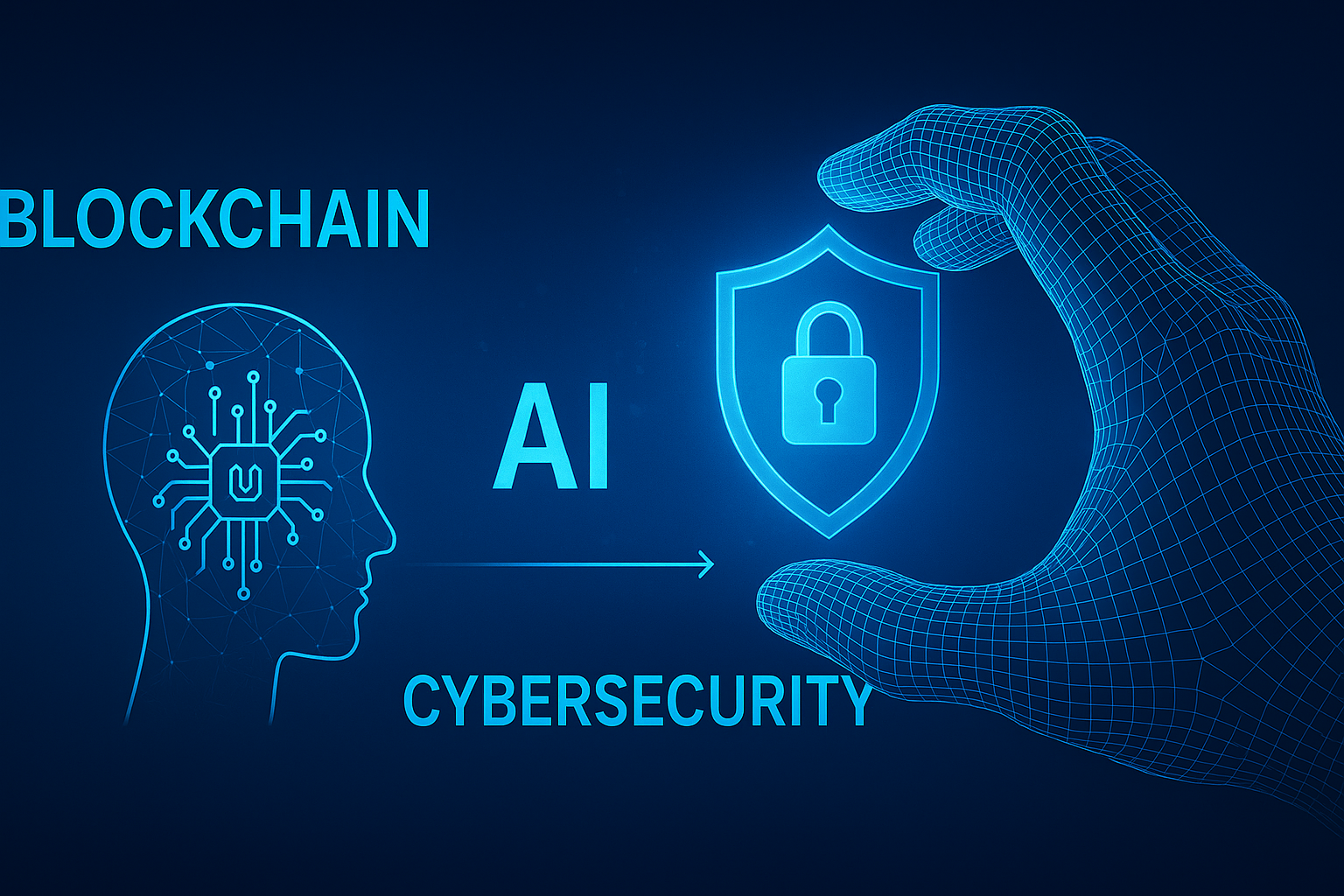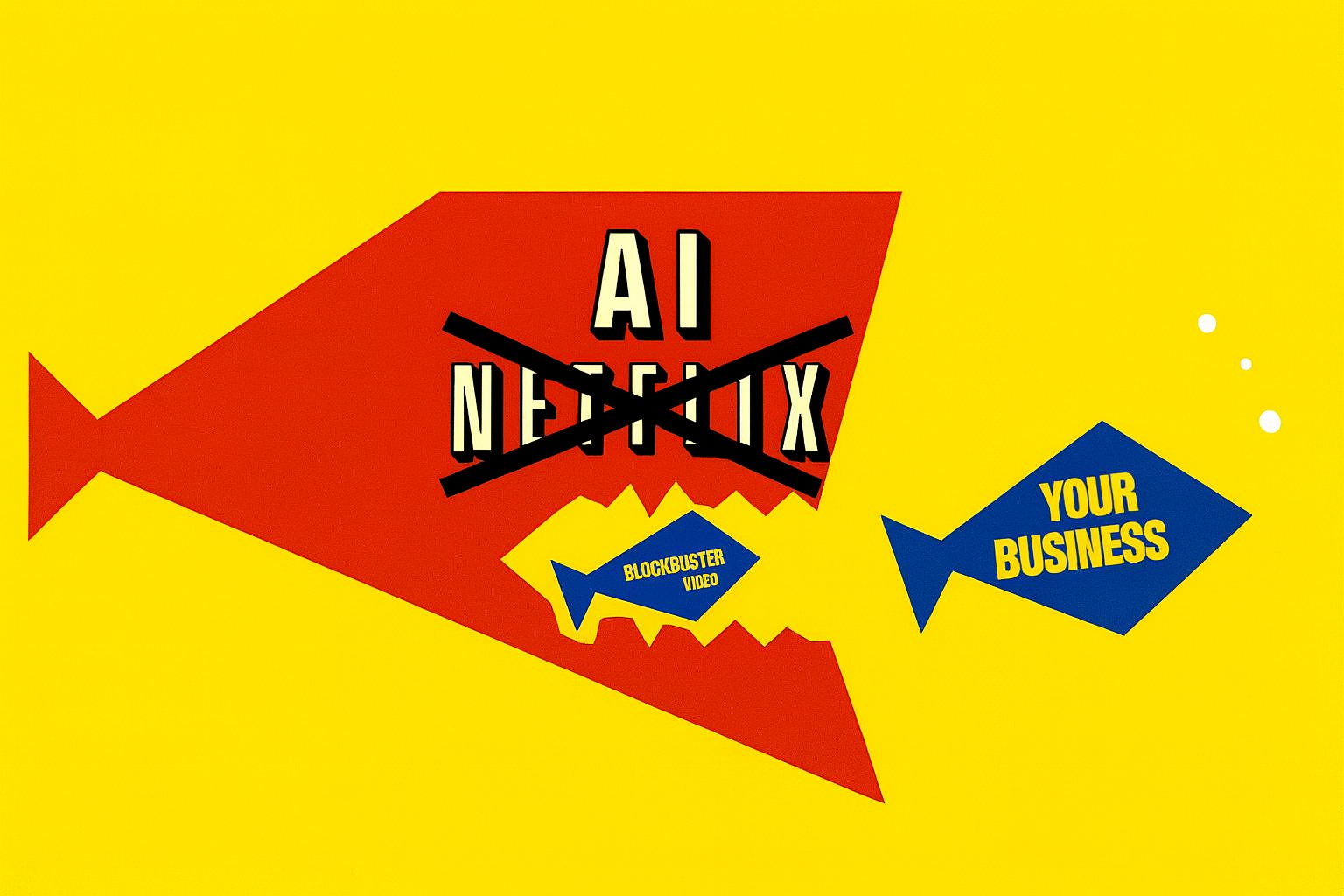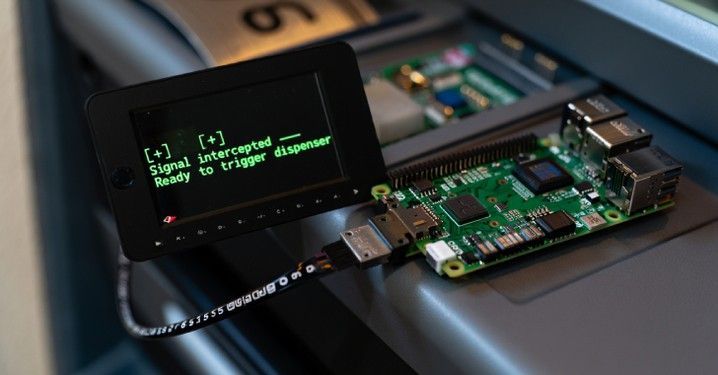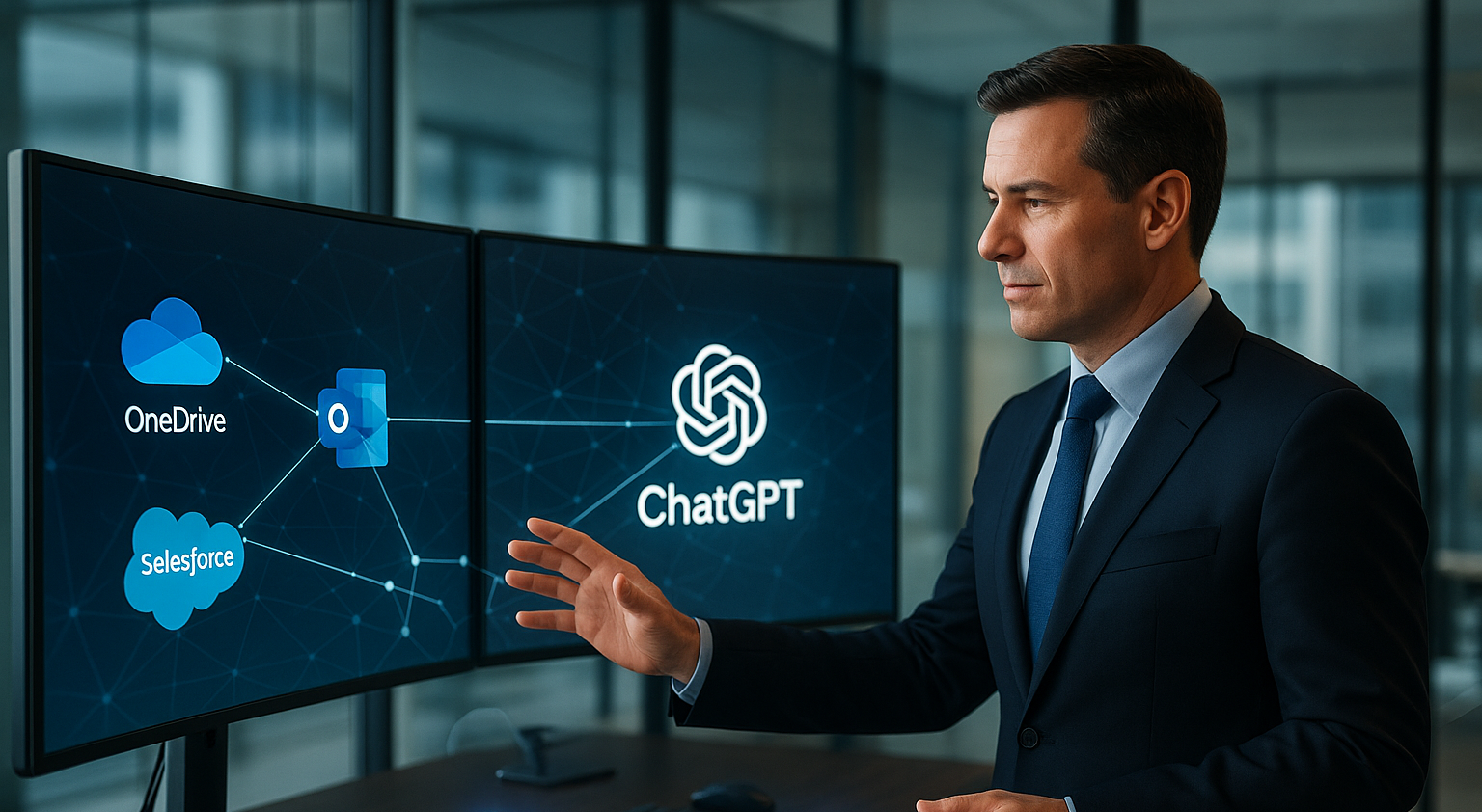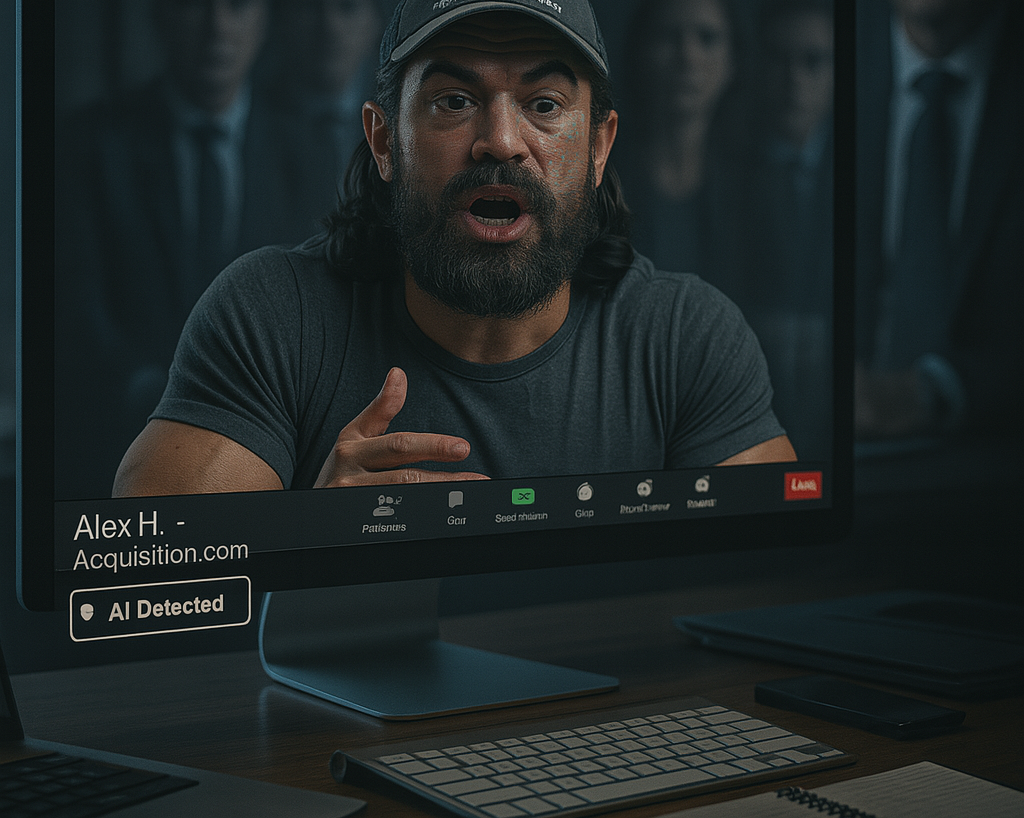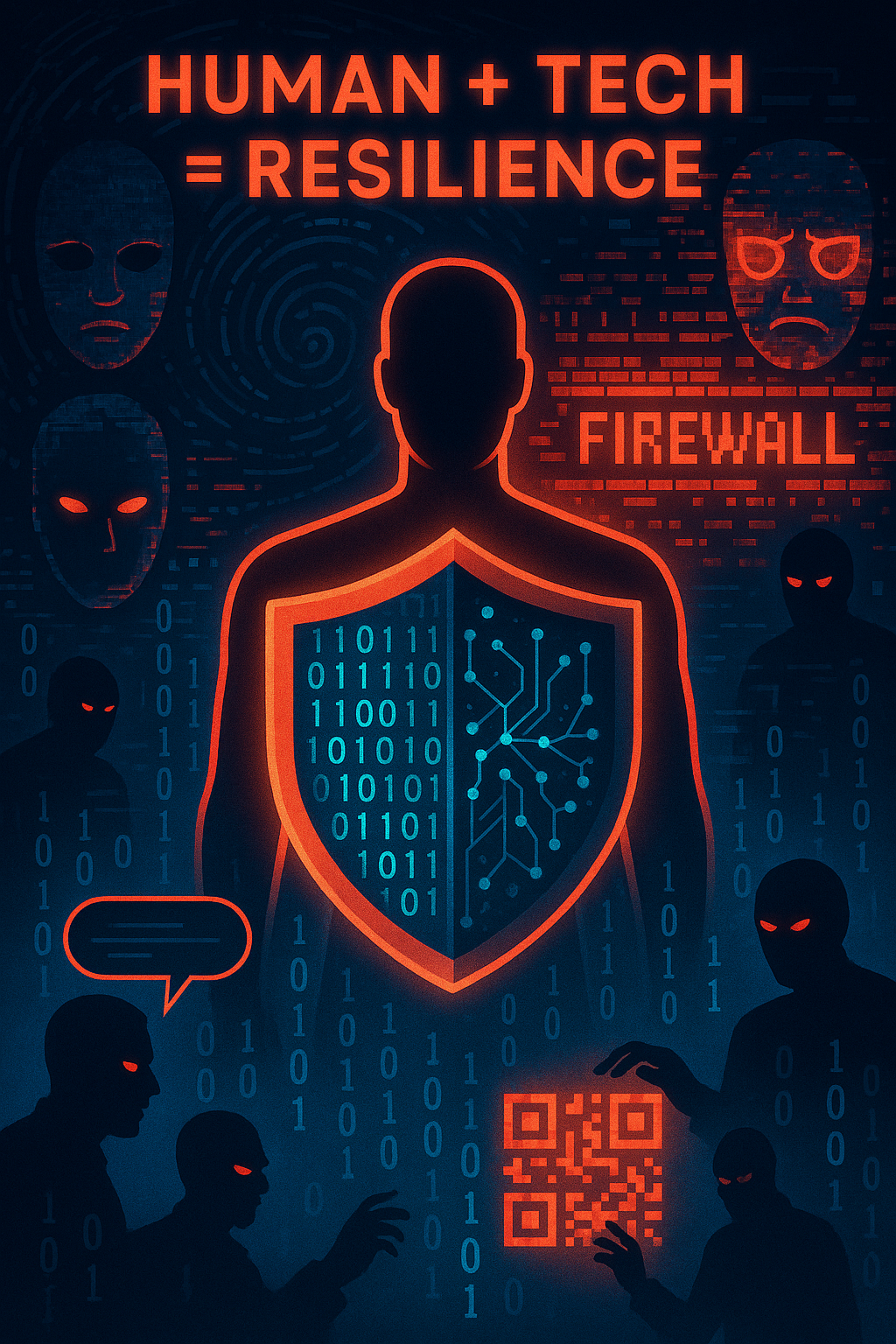🎯 Microsoft: A Single Exploit, Thousands at Risk
The New Age of Precision Cyber Attacks:
How one zero-day breach on Microsoft SharePoint exposed global enterprises—and what it signals for the future of cybersecurity
In a chilling reminder that cyber risk is no longer theoretical, a recent breach targeting Microsoft SharePoint servers has left thousands of organizations globally exposed. The attack—traced back to a single, highly skilled actor—leveraged a zero-day exploit to infiltrate critical on-premise infrastructure across sectors from healthcare and banking to education and government.
This isn't just another headline. It's a wake-up call for every CIO, CISO, and boardroom that still believes perimeter security is enough.
🚨 What Happened: The Breakdown
- Attack Vector: A zero-day vulnerability in on-premise Microsoft SharePoint servers (not SharePoint Online).
- Scope: Over 8,000 organizations affected across multiple industries and geographies.
- Actor Profile: Likely a single, advanced threat actor—not yet attributed to nation-state operations.
- Affected Versions: SharePoint 2016, 2019, and Subscription Edition. Notably, 2016 remains unpatched.
The attacker didn’t just scan and spray. This was targeted, stealthy, and consistent—signs of a threat actor who knows exactly what they're doing.
🔍 Why This Is Bigger Than It Seems
This isn’t just about patching a Microsoft product. It’s about rethinking our assumptions about internal systems being "safe" because they’re on-prem.
Cloud systems were untouched. But legacy infrastructure became the perfect hunting ground—highlighting a split in security maturity between modern and outdated environments.
This attack is déjà vu of the 2021 Exchange server compromise—but with an even sharper warning: threat actors don’t need to be nation-states to unleash global chaos.
🧠 KromeIT’s Key Takeaways for Security Leaders
Patching Isn’t a Strategy. It’s a Starting Point.
Waiting for patches is playing defense with a blindfold. If you're on SharePoint 2016, you’re still exposed.
Assume Breach Is the New Default.
The smartest orgs don’t just close the door after a breach—they check who already walked in. That means:
- Full system audits
- Credential rotation
- Reviewing integrations (Teams, OneDrive, Outlook)
- Deploying behavior analytics
Legacy Infrastructure Is Now a Liability.
Still running critical apps on local servers? Time to elevate the conversation to cloud migration, segmentation, and zero-trust architecture.
One Actor, Global Damage.
The cybercriminal behind this campaign didn’t need an army—just precision, skill, and a flaw. That’s the future of threat modeling: micro-actors with macro impact.
🧩 Action Plan: What Your Organization Must Do Today
- Patch immediately—wherever patches exist. For SharePoint 2016, isolate or disable until remediation is available.
- Scan and segment all potentially compromised systems. Look beyond SharePoint: check for lateral movement and backdoors.
- Elevate your IR playbook. Assume credentials are compromised. Rotate keys. Engage third-party forensics if needed.
- Get proactive with cloud and zero trust. This isn't just about defense—it’s about future-proofing your digital infrastructure.
🚀 Final Word: The Edge is Everywhere. So is the Risk.
This breach proves that cyber risk doesn’t discriminate. Whether you’re a local municipality or a global bank, you’re only as strong as your most outdated system.
KromeIT helps organizations build smarter, safer, more human-centric cybersecurity postures—by blending cutting-edge technology with real-world vigilance.
Don’t wait for the next zero-day to find your blind spot.
👉 Visit
KromeIT.com to schedule a breach readiness review and elevate your security posture—before it’s too late.


